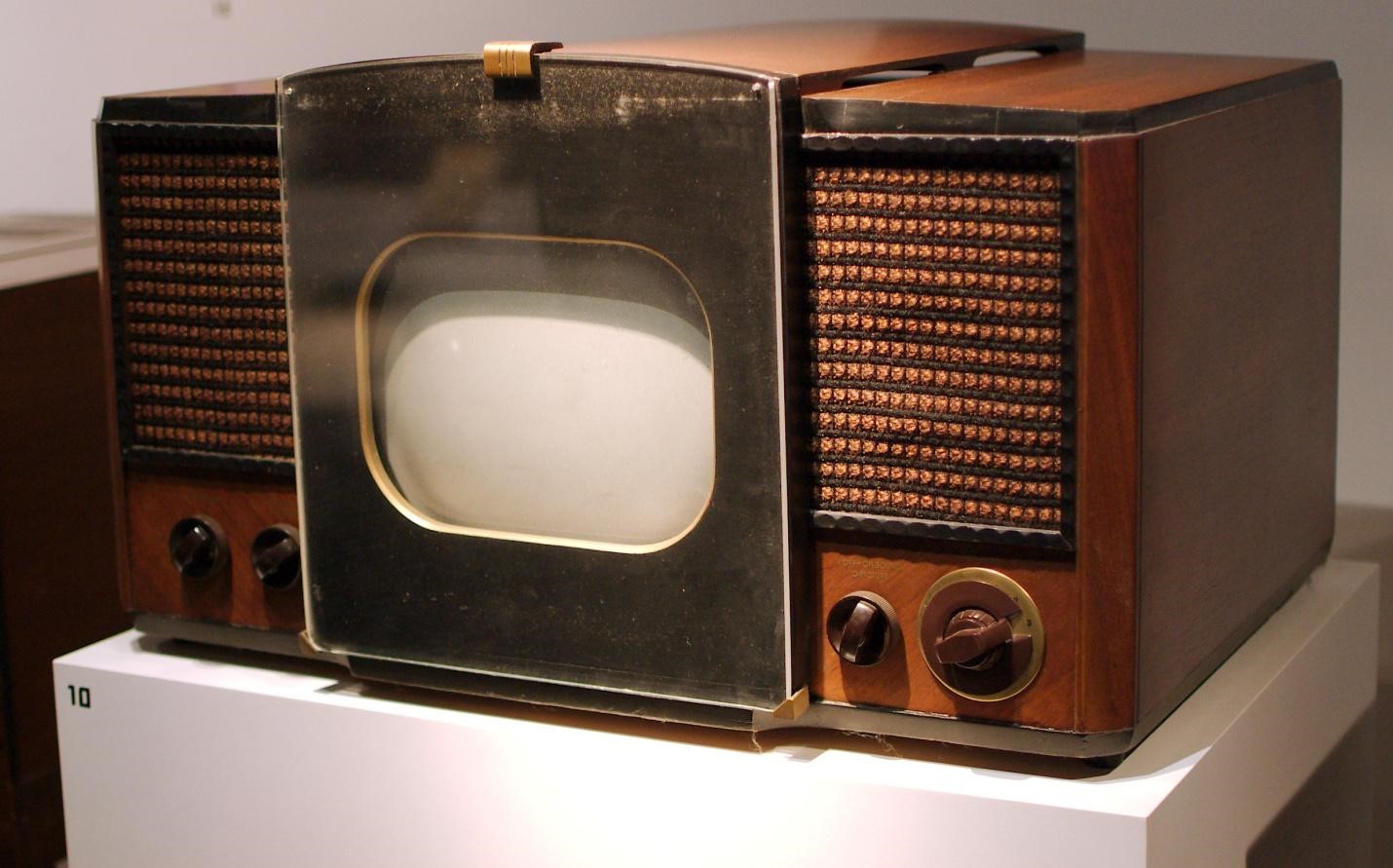
Where did it all begin? Top facts about the history of TV
Television has been part of our daily lives for longer than most of us have been alive. The BBC has been broadcasting regularly since 1936, and there was a television set in most homes two decades later.
TV is so popular that the average adult in the UK spends 24 hours each week watching; this adds up to almost ten years over a lifetime. Because we spend so much time watching TV, we should learn a thing or two about them. Here are a few interesting facts about our favourite pastime.
Do you dream in colour?
Although people can dream in colour or black and white, most people report dreaming in colour most of the time. Only 5 per cent of people have reported dreaming in black and white. Studies have shown, however, that people who grew up with black-and-white TV instead of colour report dreaming in black and white substantially more often than those who grew up with colour television, with almost 25 per cent of those who grew up without colour TV reporting black-and-white dreams.
TV “bunny ears” invention
Despite the increasing popularity of cable and satellite services, most of us still have an aerial and if you don’t a TV Aerial Installation Swansea company can help you with this. A real revolution came in 1953 when Marvin Middlemark, a New York resident, invented the set-top “bunny ears” antenna, paving the way for more modern set-top boxes and giving generations a cost-effective method of receiving more channels.
The inventor of television didn’t make money from it
Philo Farnsworth invented the cathode ray tube when he was a teenager, paving the way for the first consumer televisions in the 1930s. With a television set in most homes within decades, you would think that he was rolling in money, but that is not the case. Instead, Philo was trapped in endless lawsuits trying to maintain control over his patent and never made the sort of money you would expect.
Most watched broadcasts
In 2011, Top Gear was the most widely watched TV program, viewed by more than 350 million people in 170 countries around the world, but the most-viewed broadcast of all time is the funeral of Princess Diana, followed by her wedding. The most-viewed broadcast with modern methods of tracking was the 2011 Royal Wedding.
